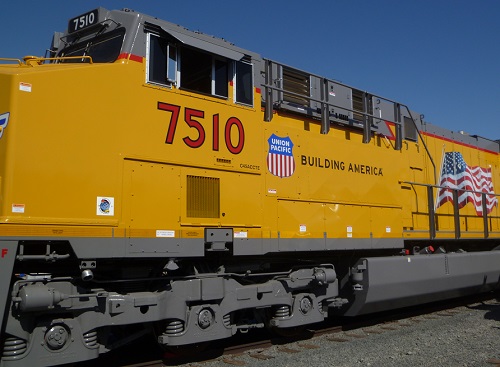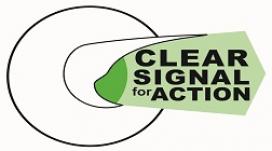Pilot Program Yields Significant Rail Safety Improvements, Evaluation Shows
The March 2016 edition of Safety Science highlights the results of Volpe’s independent evaluation of a two-year pilot initiative sponsored by the Federal Railroad Administration (FRA).
FRA sponsored the Clear Signal for Action (CSA) program, which was implemented at a Union Pacific service unit to enhance workplace safety and safety culture by integrating three approaches: peer-to-peer feedback, continuous improvement, and safety-leadership development. With funding and sponsorship from FRA, Behavioral Science Technology Inc. actively designed and implemented the demonstration pilot.

The Clear Signal for Action program was implemented at a Union Pacific service unit, with significant results: At-risk behaviors dropped by 80 percent, engineer decertification rates decreased by 79 percent, and the rate of derailments and other incidents declined by 81 percent. (Volpe photo)
Volpe aided FRA by conducting an independent program evaluation of the pilot using qualitative and quantitative measures. Results showed that the program significantly improved the safety outcomes, operations, and culture at the site. This included the following improvements:
- An 80 percent drop in at-risk behaviors
- A 79 percent decrease in engineer decertification rates
- An 81 percent decline in the rate of derailments and other incidents
The CSA intervention helped Union Pacific achieve a 79 percent reduction in engineering decertification rates by training engineers and conductors how to coach each other on the spot about at-risk practices. The intervention also emphasized that one of the key elements of an effective safety culture is establishing a more “cooperative culture” where members of labor and management cooperate to develop more trusting relationships and place confidence in one another. The sharp decline in decertification rates is a stunning example of this cooperative culture at work.
For more information regarding the pilot program and its results, read the full article in Safety Science: “Evaluation of a safety culture intervention for Union Pacific shows improved safety and safety culture.”

